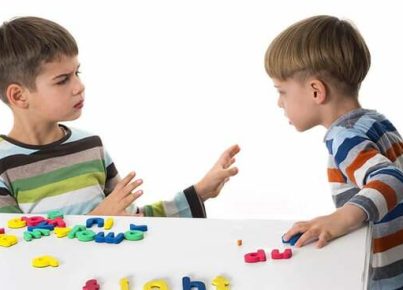Puppets have been a longtime instrument for expressing emotions and telling stories, especially for kids. They offer a powerful tool for helping kids to understand and share their feelings in a safe and creative environment. With puppets, children can freely express their innermost feelings without the worry of being judged or misunderstood.
Puppets are particularly effective in helping children express emotions because, like kids, puppets have big personalities, can be brightly colored, and can easily express a wide range of emotions. They provide a medium that is safe and non-threatening, acting as a buffer between the child and the situation. As a result, children can use puppets as a vehicle for communicating about their experiences with less anxiety or fear.
Puppets may be especially beneficial for children who have experienced traumatic events or who are dealing with strong emotions related to change. In these situations, puppets offer a way for children to understand their feelings and to feel more in control of their emotions. For instance, kids who are struggling with a move to a new home or school can use puppets to act out their feelings of sadness, anger, and confusion.
Using puppets in therapy work is well established thanks to their ability to bridge the gap between words and actions. Children can see and identify with their puppets, making the transition between their own emotions and those of the puppets easier. By modeling appropriate behaviors, such as encouraging talking about feelings and validating those feelings, the puppet can indirectly teach children how to offer and receive emotional support.
In addition to being a creative outlet, puppets can lend a sense of relaxation to kids. The repetitive motion of manipulating puppets can help to calm children and allow them to focus on a more relaxed, peaceful state. Puppets, therefore, are ideal for helping children with anxiety-related issues and may contribute positively to stress reduction.
Puppets can be used in many settings, including schools, hospitals, and therapy settings. They can be used as part of individual or group therapy sessions, as well as incorporated into playtime activities. They can also be used to teach children social skills, such as taking turns, cooperating with others, and showing empathy.
In conclusion, puppets provide children with a unique opportunity to express their feelings in a non-judgmental environment. They offer a safe and constructive way for kids to deal with difficult emotions, allow them to demonstrate self-expression, and provide an excellent means for developing interpersonal skills. Whether used in a therapeutic setting, for storytelling, or just for play, puppets remain one of the most beneficial tools for teaching children to communicate and share their emotions.




